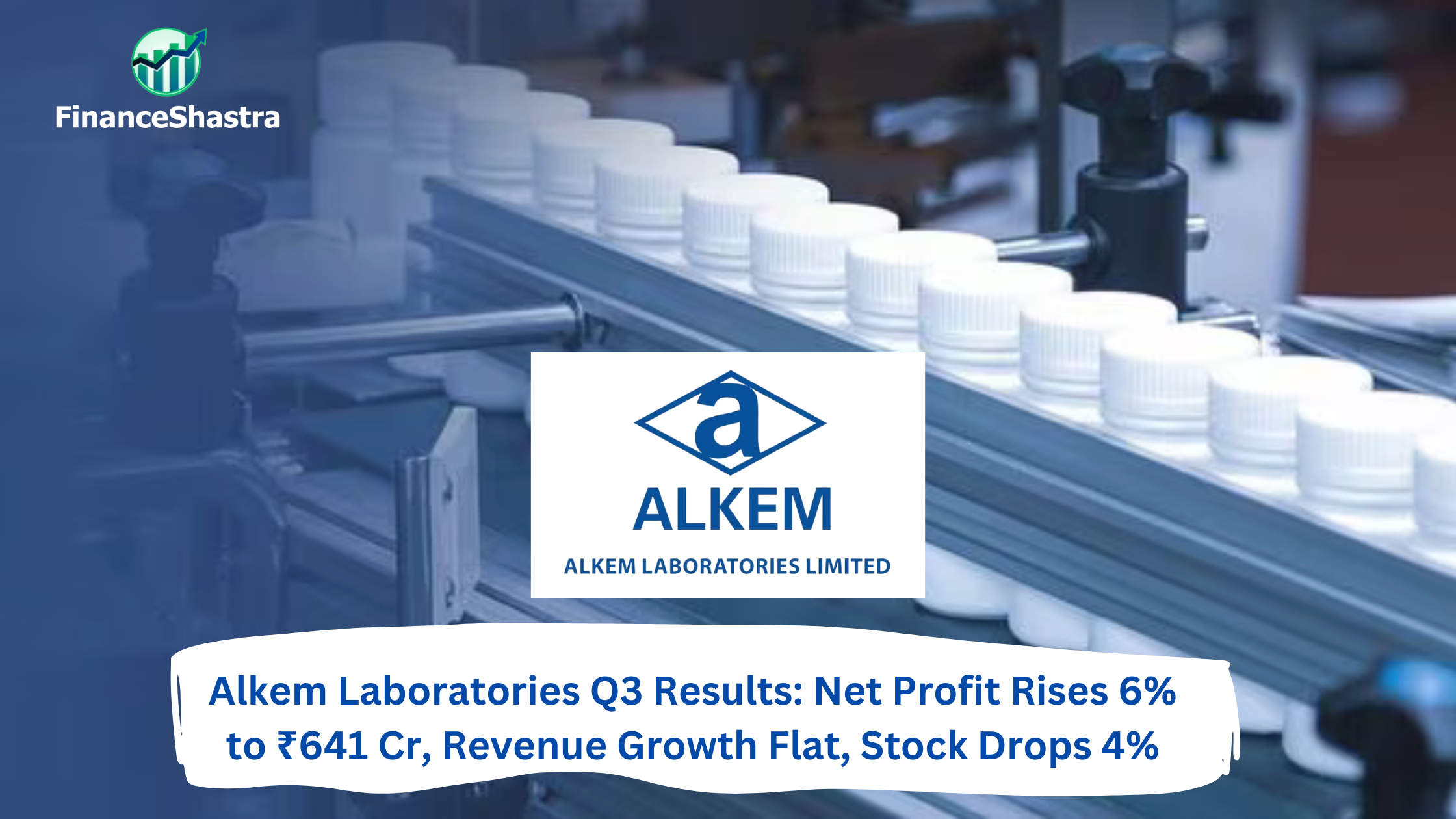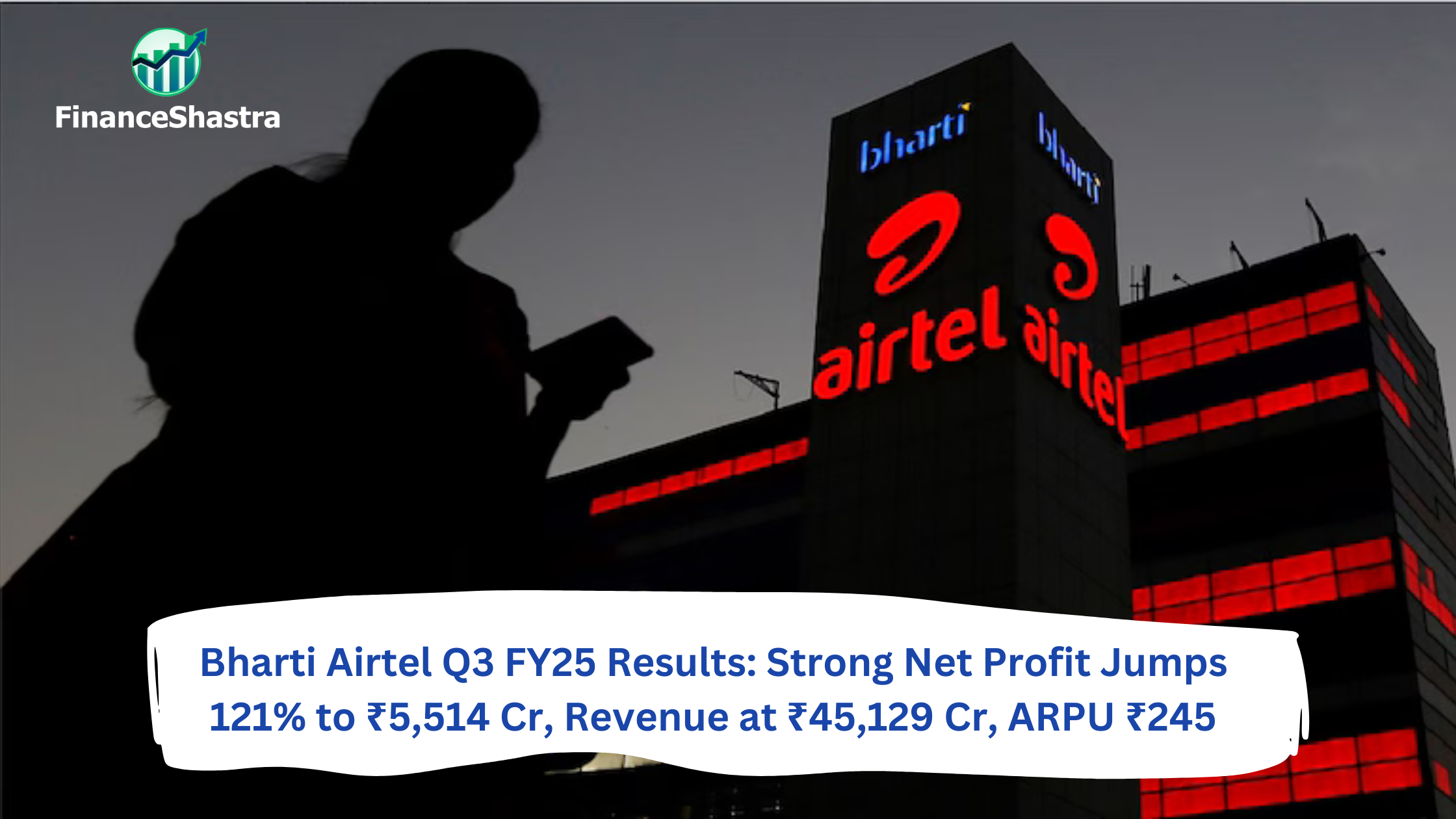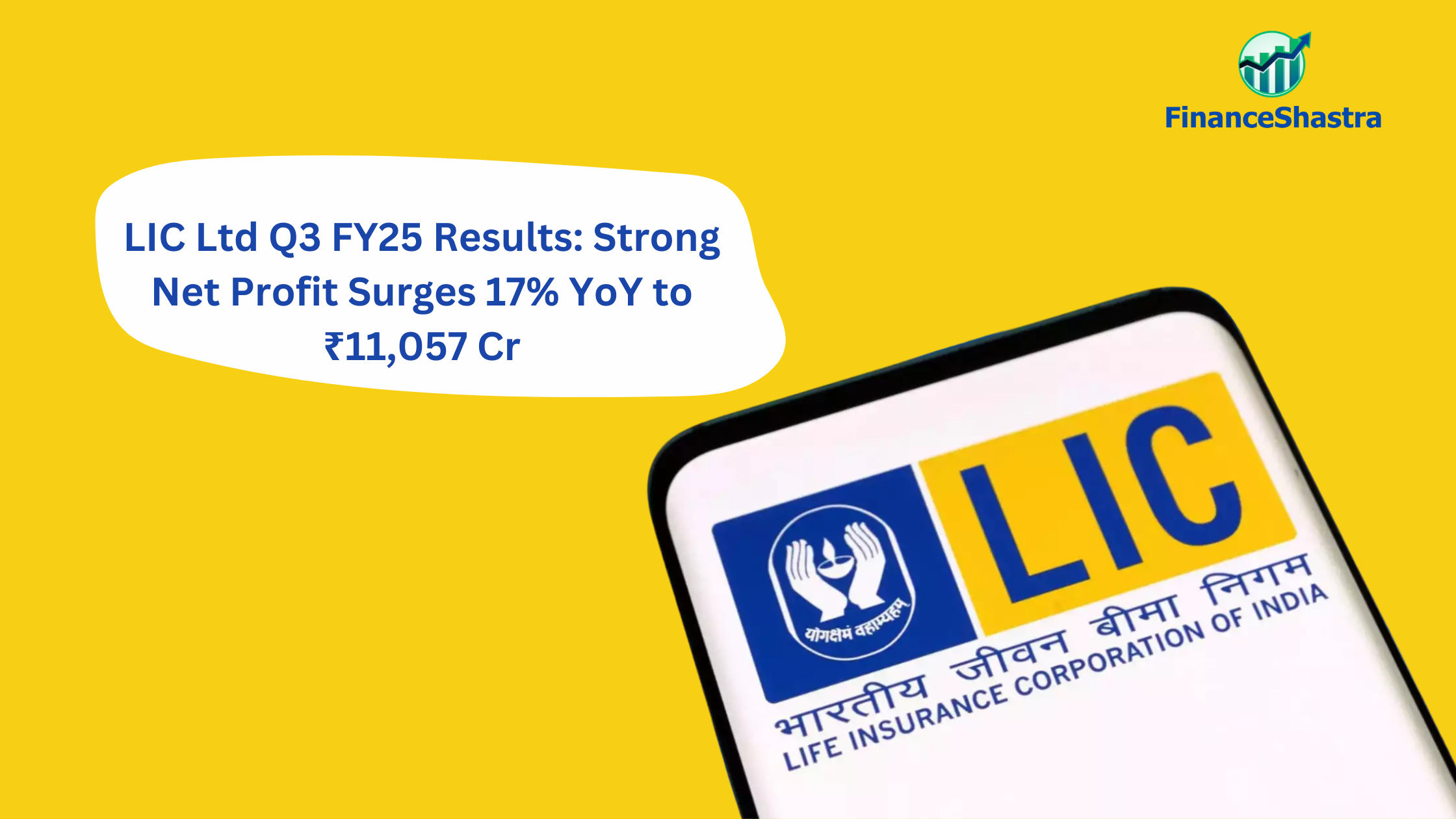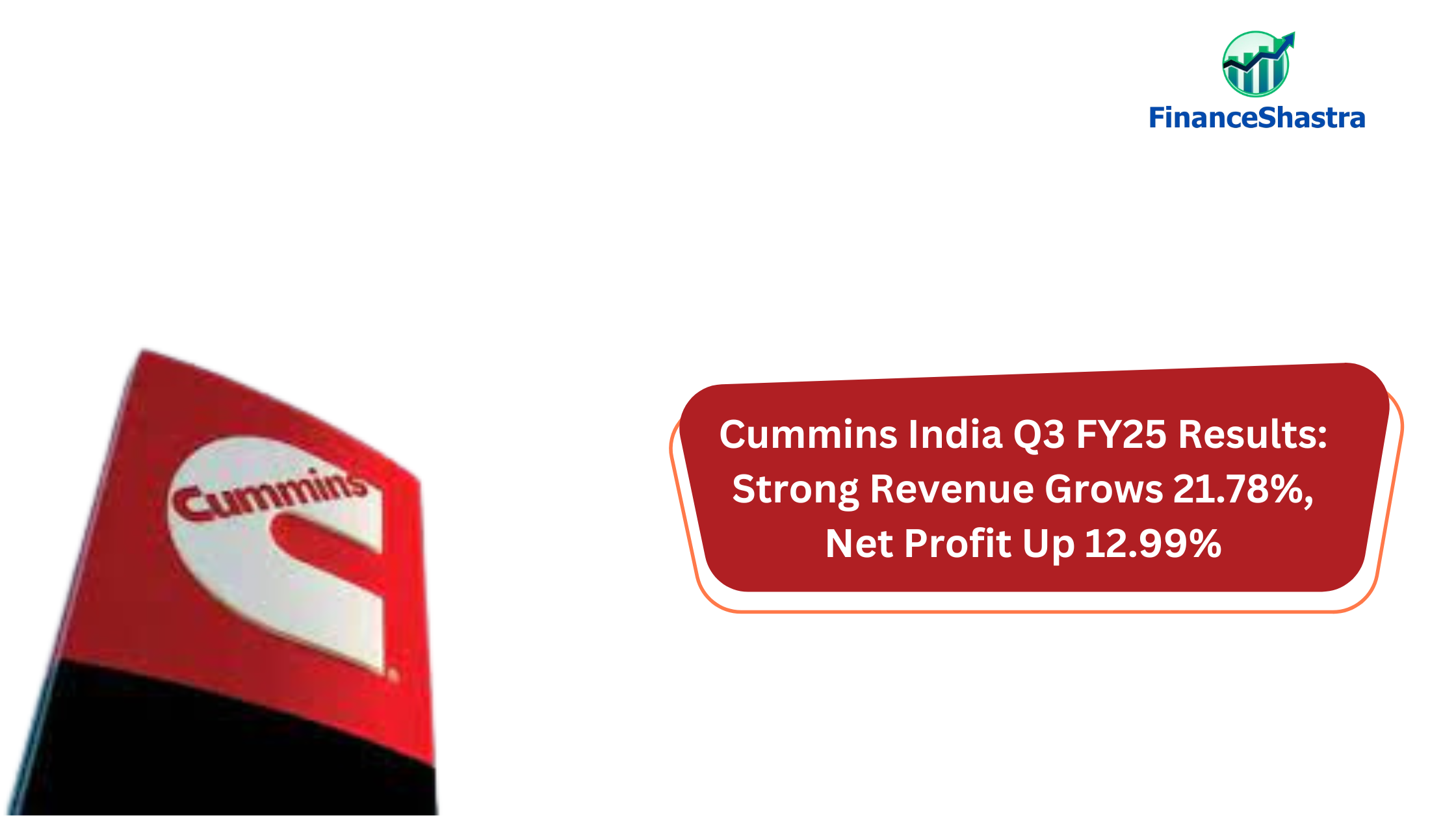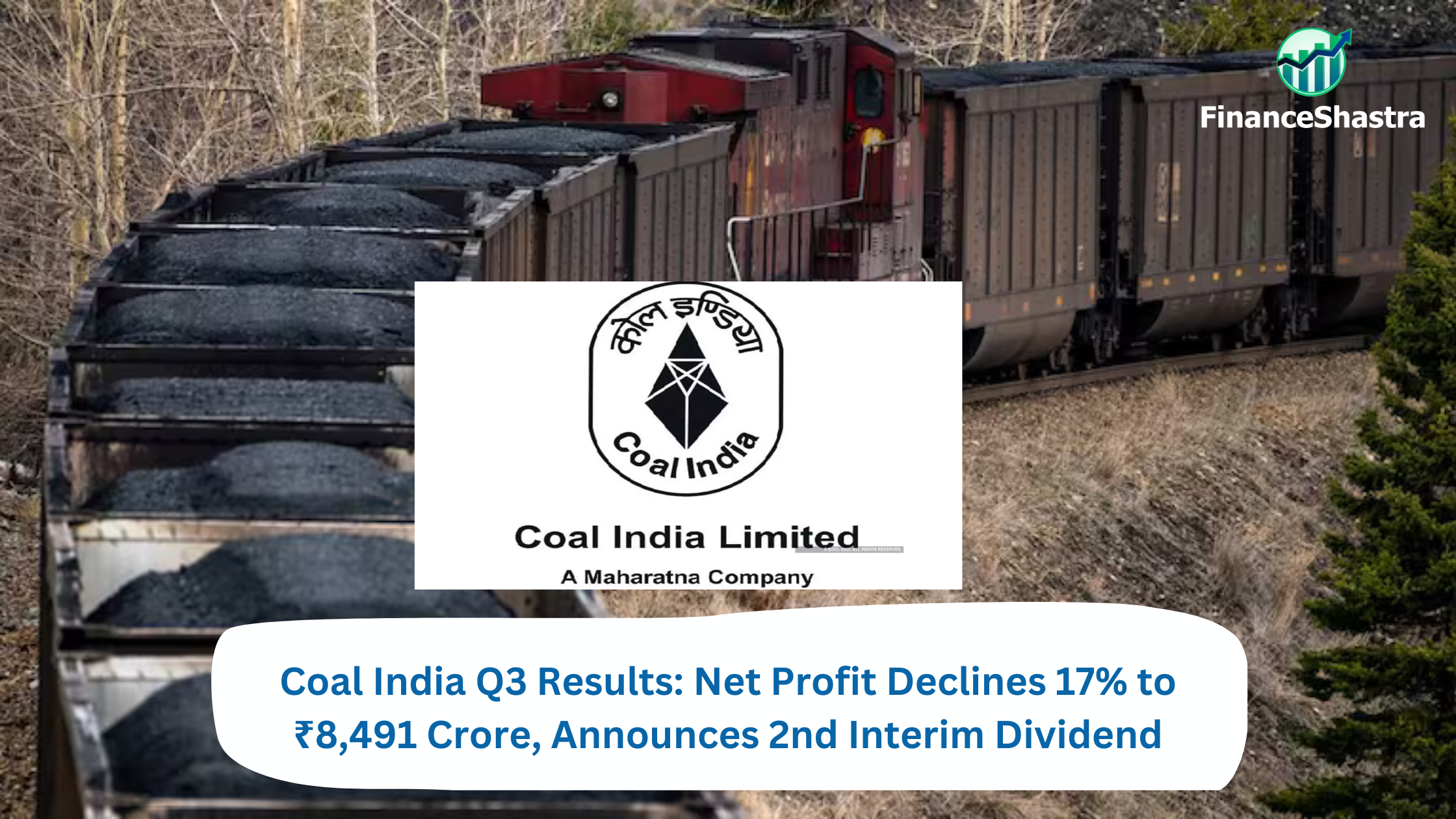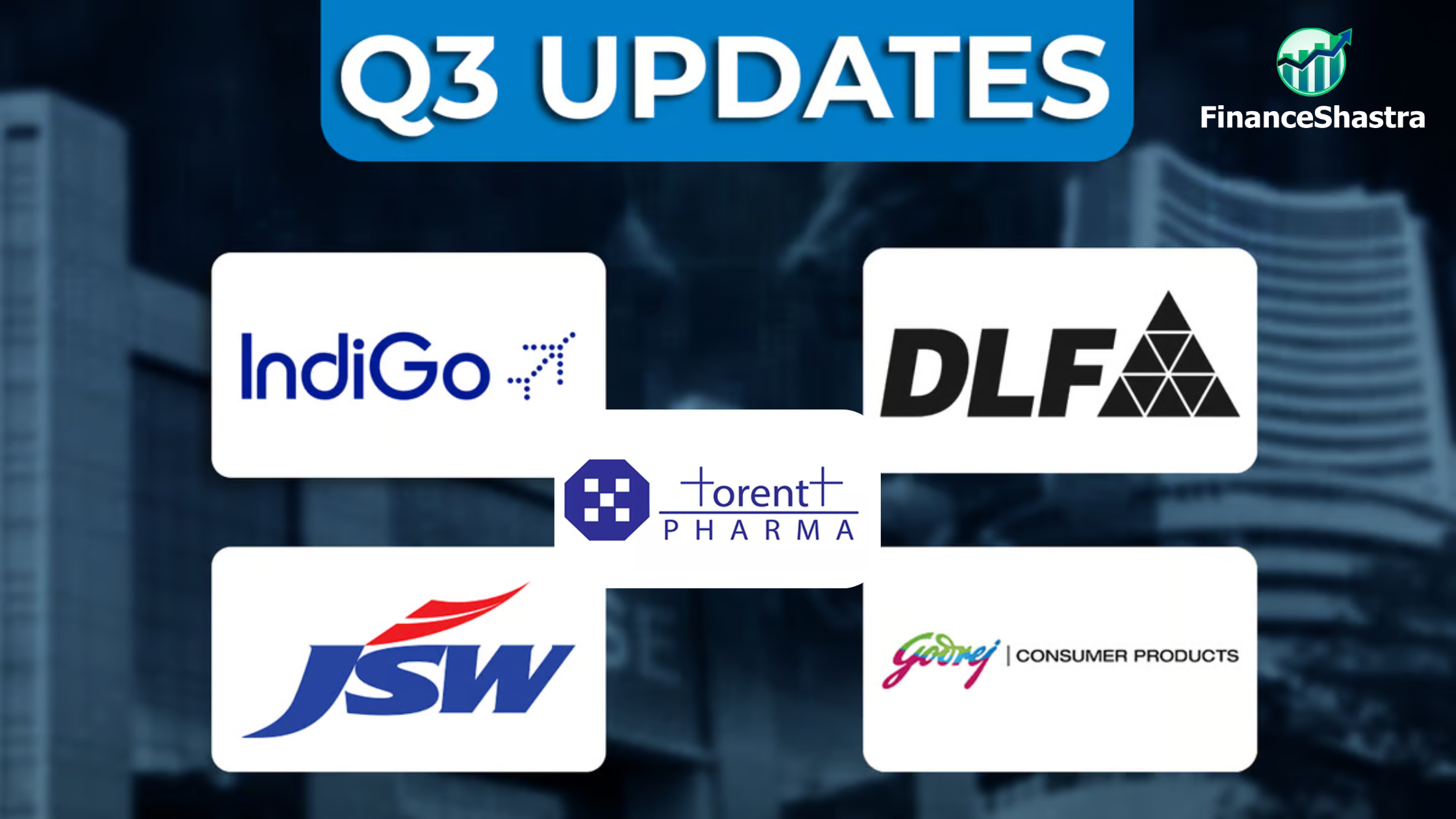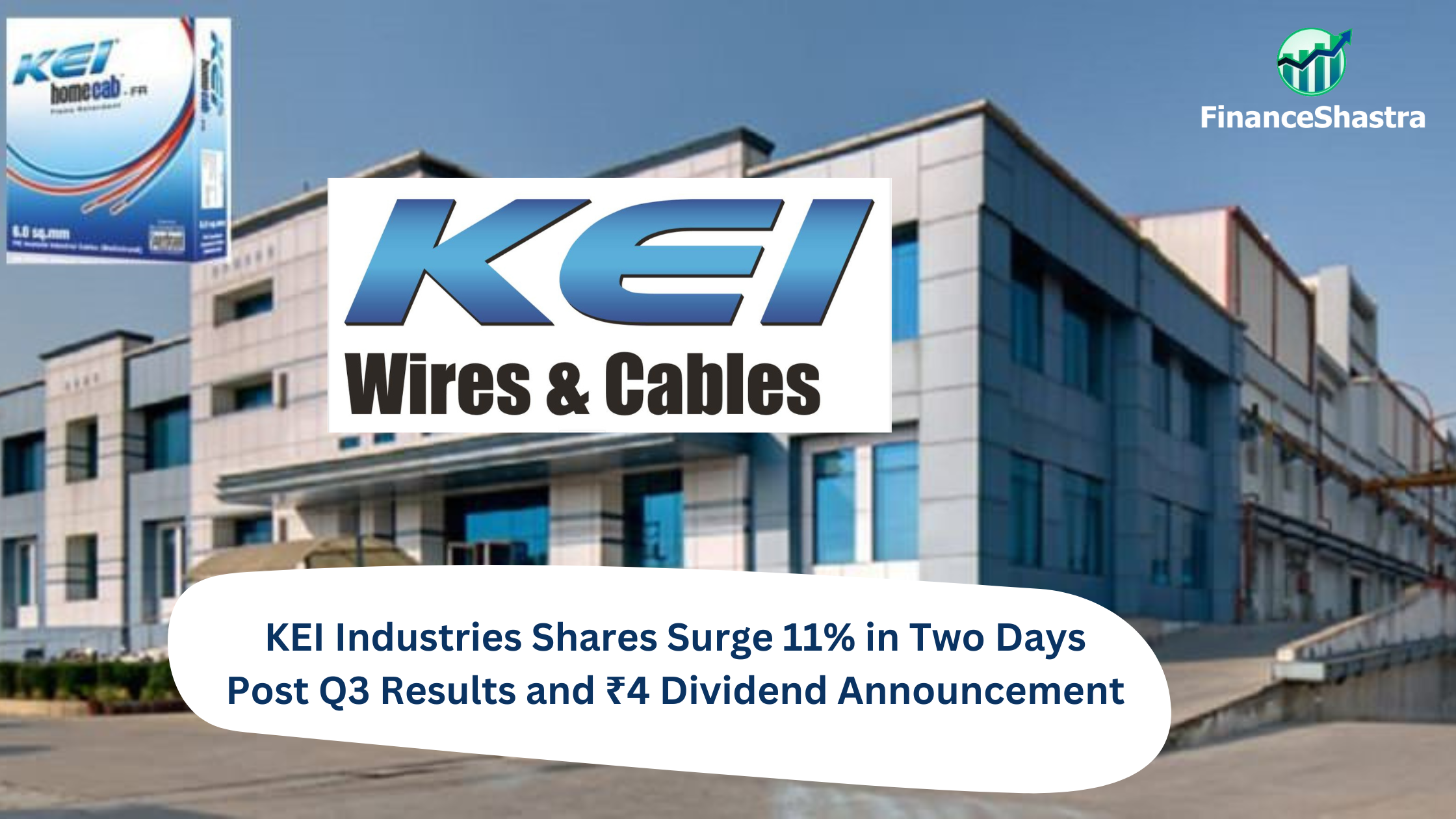Indrayani Biotech Q3 Results: Revenue Drops 55.79% YoY, Strong Stock Performance
Business and Industry Overview:
Indrayani Biotech Limited (IBL) is a company with many businesses. It is managed by people who have over 20 years of experience. The company brings smaller businesses together to grow as one big organization. IBL works in different industries like food, hospitality, dairy, healthcare, pharma, engineering, biotech, agriculture, and infrastructure. These businesses were first run separately and later joined IBL after 2018. Some businesses were merged, and most became subsidiaries. Each business runs on its own, but IBL looks at the overall performance. IBL started on March 9, 1992, and became a public company on March 13, 1992. It first worked on growing roses, strawberries, tissue culture plants, and hybrid vegetable seeds. The company was listed on the BSE Stock Exchange on February 14, 1994. In 2019, IBL merged with A-Diet Hospitality Service Limited and Helios Solutions Limited. This was approved in 2020, and IBL started a healthcare business by forming IBL Healthcare Private Limited. In 2021, IBL restarted its biotech business and began making bio-fertilizers and pest controllers. It also bought Dindigul Farm Products Private Limited and Matrix Boilers Private Limited. Two more companies, IBL Investments Limited and IBL Social Foundation, were created. Between 2022 and 2023, IBL grew its healthcare sector by buying KNISS Laboratories Private Limited and taking a stake in Peekay Mediequip Limited. It also took control of Vaasan Medical Center. In 2024, Dindigul Farm Product Limited applied for an SME-IPO listing on BSE. IBL’s subsidiary HSL Agri Solution Limited also bought Dilasa Agro Processors Private Limited. IBL keeps growing by adding businesses with good potential and plans to expand further in different industries.
Indrayani Biotech Limited (IBL) works in many fields like food, healthcare, farming, and engineering. It brings small businesses together to grow as one big company. This helps it get stronger in the market. The company has a team with many years of experience. It has also joined with other businesses to expand. IBL focuses on new technology and better ways to work. Since it is a public company, it gets money from investors to grow. Its many businesses and strong leadership help it stay competitive.
Latest Stock News:
Indrayani Biotech’s profit has dropped significantly in the December 2024 quarter. The company’s net profit fell by 75.51% to ₹0.24 crore, compared to ₹0.98 crore in the same quarter last year. Sales also declined sharply by 55.69%, from ₹39.09 crore in December 2023 to ₹17.32 crore in December 2024. For the first nine months of the financial year, total sales decreased from ₹1,218.45 crore last year to ₹796.59 crore this year. Revenue also declined from ₹1,220.27 crore to ₹800.09 crore in the same period. Net income dropped from ₹62.42 crore to ₹24.19 crore. Earnings per share also fell from ₹0.86 last year to ₹0.1 this year, showing weaker profitability.
The stock price has also been falling. Indrayani Biotech, which operates in the floriculture sector, has reached a new 52-week low. It has dropped 14.43% in the past five days and has fallen nearly 70% over the last year. The company’s stock is underperforming compared to the Sensex, showing investor concerns about its financial performance.
Segmental information:
Indrayani Biotech runs different types of businesses. It works in Food and Hospitality, Dairy, Healthcare & Pharma, Engineering, Biotech, Agriculture, and Infrastructure. These businesses were started by different people with years of experience. Later, they became part of Indrayani Biotech.
- Food and Hospitality: This business provides catering services and food-related solutions.
- Dairy: It collects, processes, and sells milk and dairy products.
- Healthcare & Pharma: It works in medicine, healthcare services, and biotech solutions.
- Engineering: This part of the company makes industrial and mechanical products.
- Biotech: It produces eco-friendly fertilizers and pest control products using microorganisms.
- Agriculture: It helps farmers by providing better farming products and services.
- Infrastructure: This business works on building projects and construction.
Each of these businesses has its own team of experts. They make their own decisions but follow the company’s main rules. Indrayani Biotech looks at the overall results of all these businesses together.
Subsidiary information:
Indrayani Biotech owns many smaller companies. These companies work in different industries but are part of Indrayani Biotech. Each company has its own team and handles its own business, but they all help Indrayani Biotech grow.
List of Companies Under Indrayani Biotech:
- IBL Healthcare Limited – Works in medicines and healthcare. It has also bought shares in other medical companies to expand.
- IBL Investments Limited – Manages money and investments for Indrayani Biotech.
- IBL Social Foundation – A charity organization that helps with education, healthcare, and community programs.
- Dindigul Farm Products Limited – Works in food and farming. It became a public company in 2024 and plans to sell shares to the public soon.
- HSL Agri Solutions Limited – Focuses on farming. It recently bought another company, Dilasa Agro Processors Private Limited, which processes food.
- Matrix Boilers Private Limited – Makes boilers and other equipment for factories.
- Healthway India Private Limited – Provides healthcare services and medical supplies. It is part of IBL Healthcare.
- KNISS Laboratories Private Limited – Makes medicines and other healthcare products. It is also part of IBL Healthcare.
- Peekay Mediequip Limited – Makes medical equipment. Indrayani Biotech owns a big part of this company.
- Vaasan Medical Center (India) Private Limited – A healthcare company that Indrayani Biotech took over to expand its business.
Each of these companies focuses on a different business area. They work separately but help Indrayani Biotech grow in different industries.
Q3 highlights:
- Q3 sales were ₹173.18 million, 56% lower than the same quarter last year (₹390.93 million).
- Q3 revenue was ₹173.22 million, 56% lower than last year (₹391.75 million).
- Q3 net income was ₹3.51 million, 68% lower than last year (₹10.82 million).
- Basic EPS for Q3 was ₹0.05, a drop from ₹0.22 last year.
- Diluted EPS for Q3 was ₹0.05, compared to ₹0.22 last year.
Financial Summary:
| Amount in ₹ Cr | Q3 FY24 | Q3 FY25 | FY23 | FY24 |
| Revenue | 30.81 | 17.32 | 163 | 165 |
| Expenses | 26 | 14 | 145 | 142 |
| EBITDA | 5 | 3 | 17.00 | 24.00 |
| OPM | 18% | 17% | 11% | 14% |
| Other Income | 0.09 | 0 | 4 | 1 |
| Net Profit | 5.54 | 0.35 | 12 | 10 |
| NPM | 17.98 | 2.02 | 7.36 | 6.06 |
| EPS | 1.62 | 0.05 | 2.55 | 1.4 |


